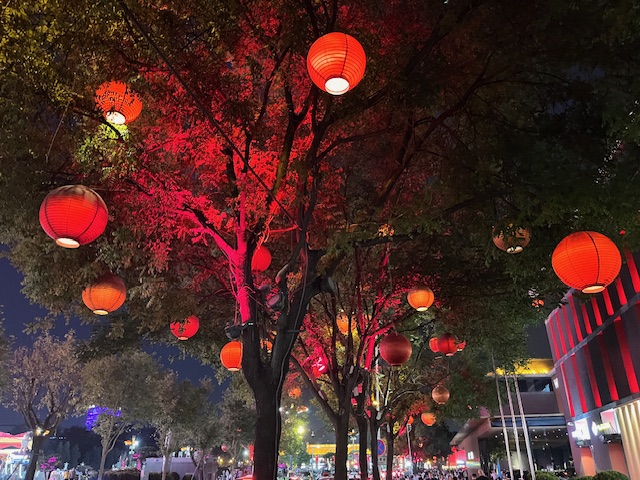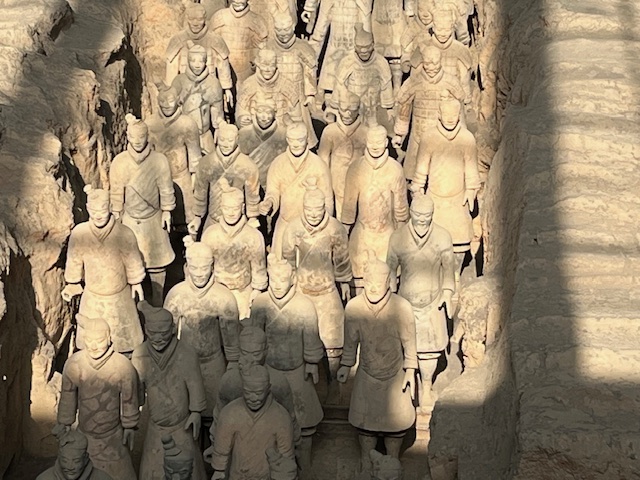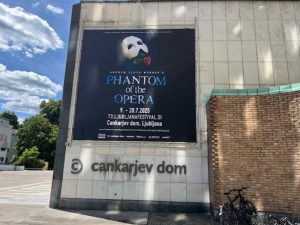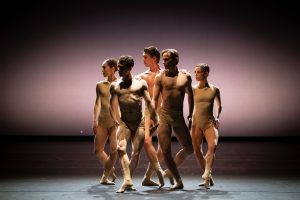Some places leave a mark on your memory. Others reach deeper — into your imagination, your understanding of history, even your sense of wonder. For me, visiting the Terracotta Warriors in Xi’an, China, was the latter.
I had read about them, seen the photos, and heard the stories. But nothing prepared me for the moment I stood in front of thousands of silent, life-sized soldiers, locked in formation for over two thousand years.
Emperor Qin Shi Huang’s Mausoleum, located in Lintong District, Xi’an, China, is a vast tomb complex. It’s renowned for the Terracotta Army, a UNESCO World Heritage Site, and serves as a scale model of the emperor’s capital, Xianyang.
The mausoleum itself remains largely unexcavated, but archaeological explorations have revealed a complex necropolis filled with artifacts and structures.
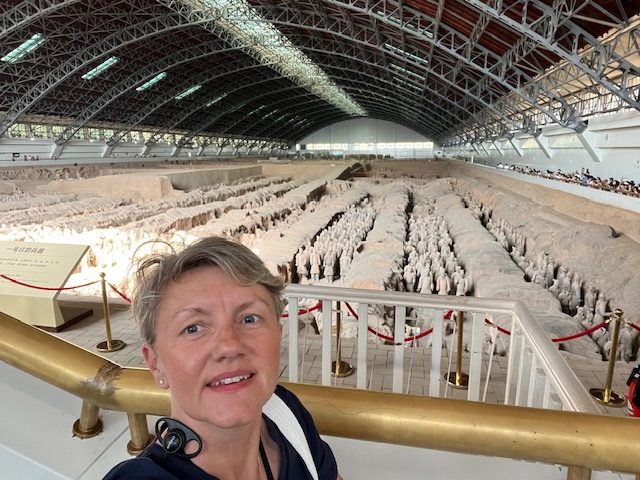
A Discovery That Changed History
It’s hard to believe that this monumental archaeological site was uncovered by accident. In the same year when I was born, on a cold winter morning in Europe, far away from here, in 1974, local Chinese farmers digging a well, found fragments of clay figures buried beneath the surface, and unknowingly brought to light one of the greatest historical discoveries of the 20th century.
What followed was the unearthing of an entire army built to protect Emperor Qin Shi Huang, the first emperor of a unified China. He is widely regarded as the first ever supreme leader of a unitary dynasty in Chinese history.
Rather than maintain the title of “king” or “overlord” borne by the previous rulers of the Xia, Shang, and Zhou dynasties, he invented the title of “emperor”, which would see continuous use by Chinese sovereigns and monarchs for the next two millennia.
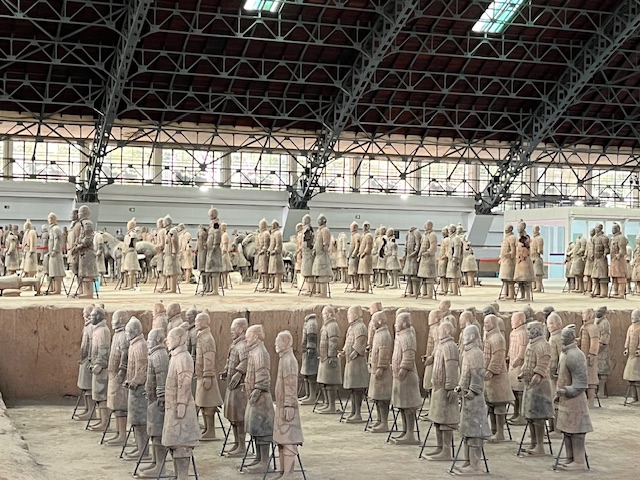
The scale of the exhibition in Xi’an is staggering: over 8,000 soldiers, hundreds of horses and chariots, and countless other figures — all arranged in battle formation, all crafted with painstaking detail. No two faces are alike. Each figure seems to carry its own personality, its own silent story.
A Glimpse into the Ancient World
Walking through the huge excavation pits, I found myself studying the expressions, postures, and armour of the soldiers. I wasn’t just looking at statues — I was standing face-to-face with an ancient civilization. Some warriors had gentle, almost philosophical faces; others looked battle-ready.
Nearby, kneeling archers, cavalrymen, and commanding generals offered a glimpse into military hierarchy and life in the Qin dynasty. And it wasn’t just soldiers. I was surprised to learn that acrobats, musicians, and court officials were also found in nearby pits, as if the emperor had recreated his entire imperial court underground to continue his reign in the afterlife.
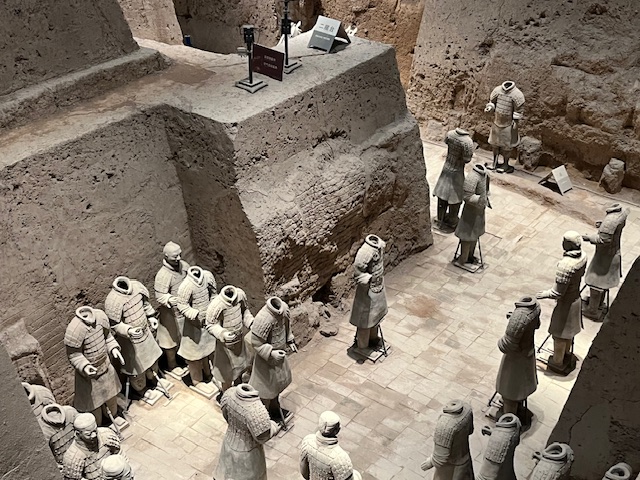
A Testament to Human Skill and Vision
It’s easy to forget, in the digital age, what humans once built with their hands alone. These statues were crafted in the 3rd century BCE using advanced techniques for their time. Each part — head, arms, legs, torsos — was produced separately and assembled with remarkable precision.
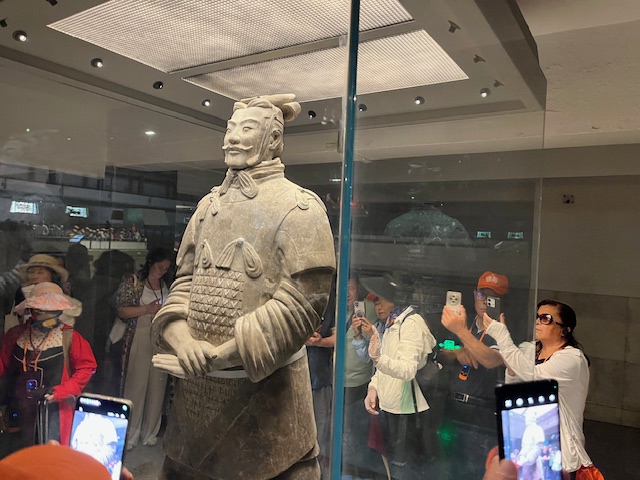
Originally, the warriors were painted in vivid colours, though much of the pigment has faded after centuries underground. It’s a reminder that long before our modern world, people dreamed, designed, and executed ideas on an incredible scale.
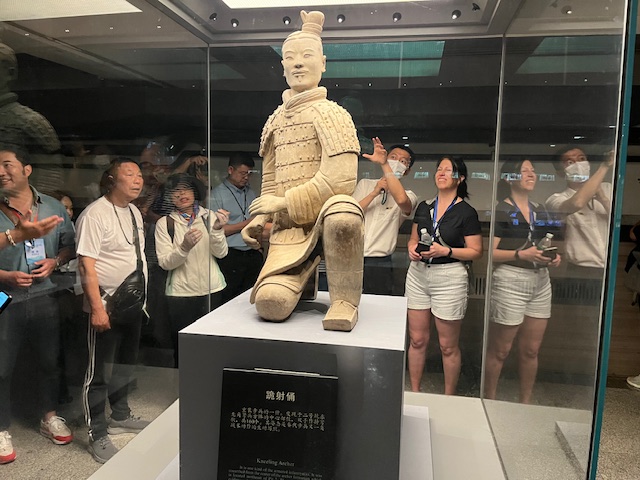
The mausoleum spans 56.25 square km, with its major relics encircled by or distributed outside the edge of the rectangle-shaped city walls enclosing an area of 2.13 square km. According to historical records, it took over 700,000 workers 38 years to build the mausoleum.
This archaeological site is among China’s first UNESCO World Heritage inscriptions, and the Terracotta Army Pits are acclaimed as the 8th Wonder of the World and a timeless embodiment of Chinese civilisation.
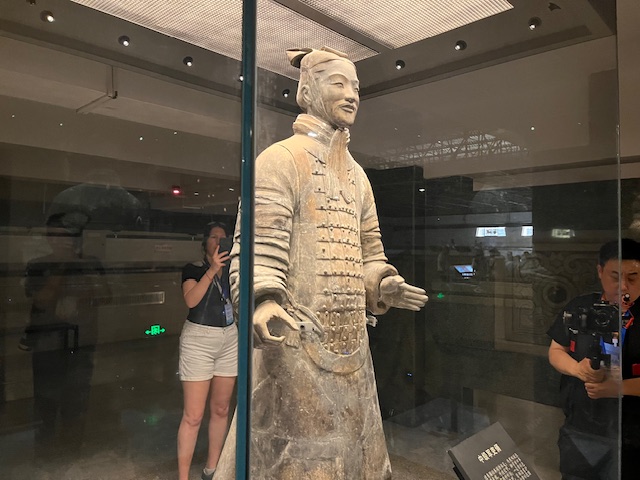
Over four decades since its unveiling, the site has hosted more than 270 heads of state and global leaders. The museum has received over 160 million visits since its establishment 46 years ago, including more than 11 million in 2023. So far, over 270 exhibitions featuring Terracotta Warriors have been displayed in 49 countries and regions, attracting more than 20 million visits.
This ancient masterpiece shines as a golden testament of China’s classical brilliance, serving as a diplomatic conduit to foster cross-cultural dialogues.
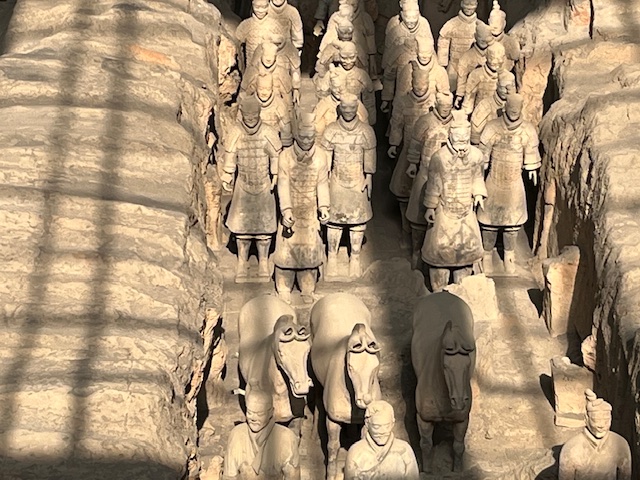
Where is Xi’an?
Located in central China, Xi’an is the capital of Shaanxi Province and one of the country’s most historically significant cities. Once the eastern terminus of the Silk Road, Xi’an served as the capital for 13 imperial dynasties and remains a cultural and historical treasure trove today. The city is well connected by high-speed trains and flights, making it easily accessible from major cities like Beijing, Shanghai, and Chengdu.
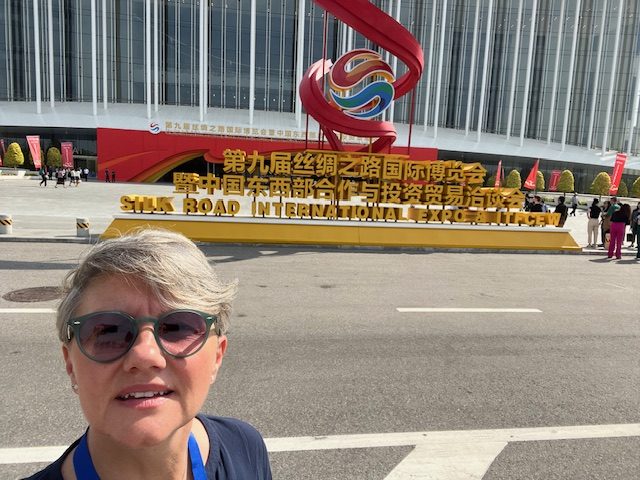
When to Visit
The best time to visit Xi’an is during spring, March to May and autumn September–November. During these seasons, the weather is mild and pleasant, perfect for exploring outdoor sites like the Terracotta Warriors, the Magnificent City Wall, and local markets. Summer can be hot and crowded, while winter is quieter but chilly.
It was + 39 degrees already in May when I visited Xi’an with a group of journalists from CEE countries who were guests of the All-China Journalist Association and the Chinese Ministry of Foreign Affairs. It was very hot, but the kind hosts made sure that everyone felt good regardless of the hot weather.
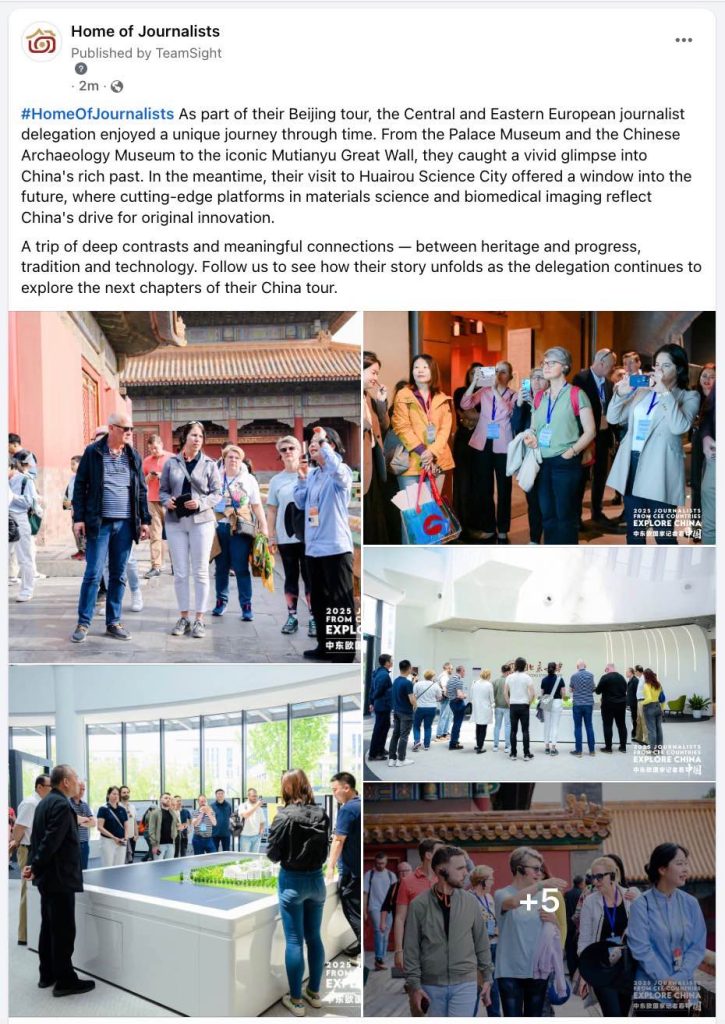
The Experience Today
The site has been beautifully preserved and developed into the Emperor Qinshihuang’s Mausoleum Site Museum. There are three main pits open to visitors, each offering a different perspective.
- Pit 1 is the largest and most awe-inspiring, filled with rows upon rows of infantry soldiers.
- Pit 2 showcases cavalry, archers, and chariots.
- Pit 3 is thought to be the command post — smaller, but no less fascinating.
The museum is clean, well-organized, and offers excellent guides and multilingual audio tours. One of the most memorable parts of my visit was watching conservationists at work, piecing broken warriors back together like ancient puzzles.
What Else to See in Xi’an
Beyond the captivating experience of visiting the silent Terracotta warriors, Xi’an offers a captivating mix of history, culture, and nightlife. Here are just a few places you shouldn’t miss. The Ancient City Wall: One of the best-preserved city walls in China, where you can walk or bike along the top for stunning views of the old city.
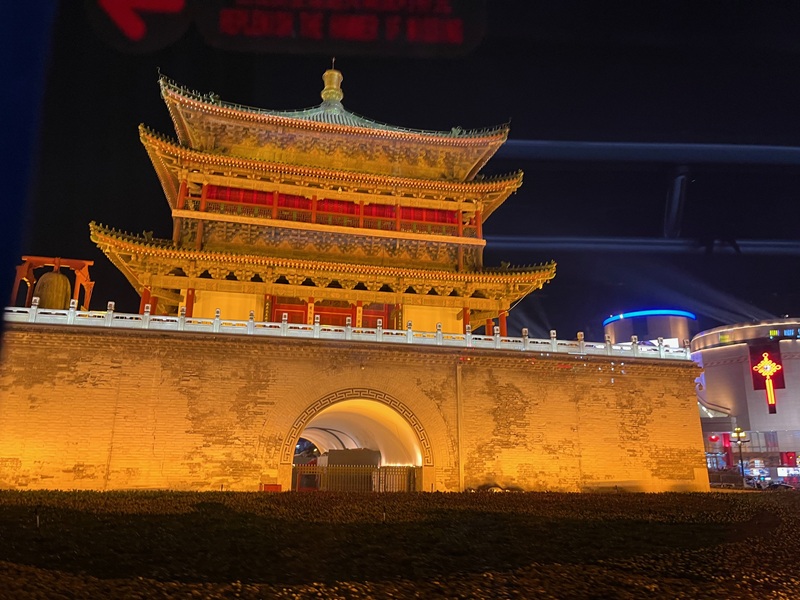
Big Wild Goose Pagoda: A striking 7th-century Buddhist pagoda that has become a symbol of Xi’an’s spiritual and architectural legacy.
Datang Everbright City – A dazzling 2 kilometres pedestrian street that comes alive at night with light shows, street performances, food stalls, and immersive Tang Dynasty-inspired displays.
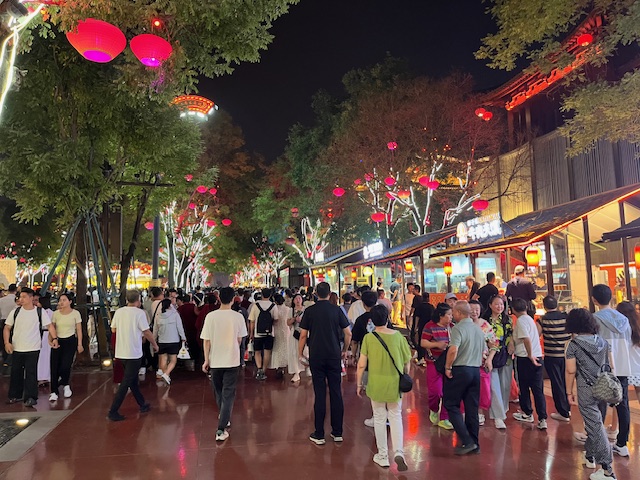
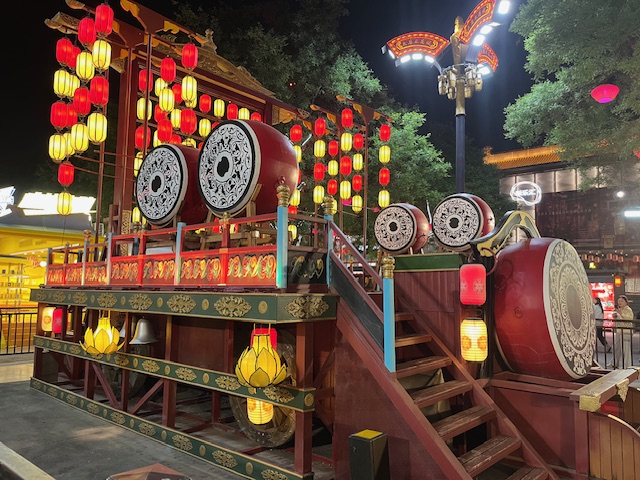
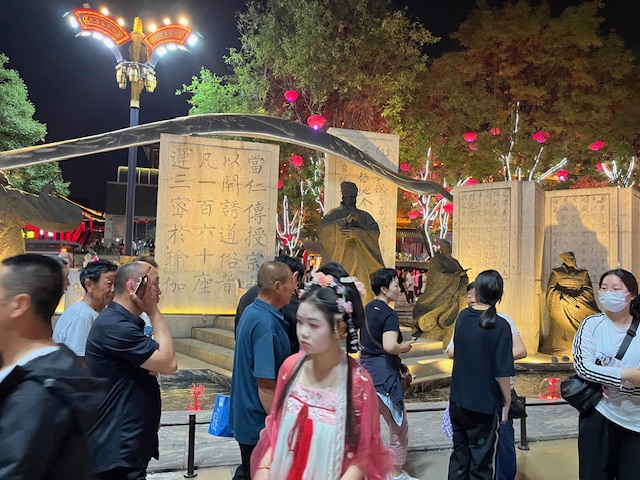
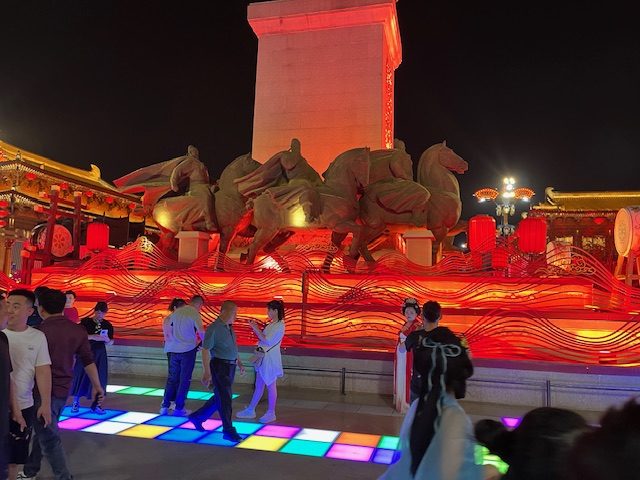
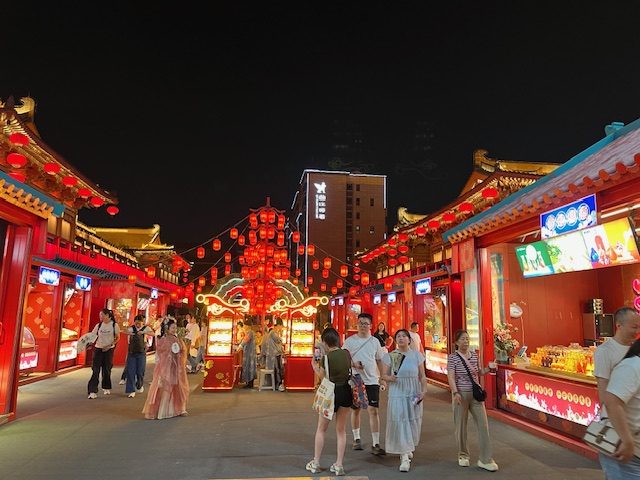
Let History Move You: Visit the Terracotta Warriors
If you’ve ever dreamed of seeing history with your own eyes, this is the place. The Terracotta Army isn’t just a site — it’s a reminder of what we leave behind, and how powerful our desire is to be remembered.
Plan your visit to Xi’an and experience one of the world’s most breathtaking archaeological wonders. Let the silent army speak to you — it certainly did to me.
Your taste buds will be happy in Xi’an
Xi’an is one of China’s most exciting culinary cities, especially known for its bold, spicy, and noodle-rich flavours. If Xi’an’s sights stir your curiosity, its food will stir your soul. Local cuisine here is hearty, flavourful, and full of character, much like the city itself.
Don’t leave without trying Biangbiang Noodles (Biángbiáng Miàn): Thick, belt-like hand-pulled noodles with chili oil, garlic, and vinegar. The name is famously difficult to write in Chinese, but unforgettable to eat.
Then there is Roujiamo, often called the “Chinese hamburger.” This flatbread sandwich is filled with tender, slow-cooked beef or pork.
A must is also Yangrou Paomo, a comforting soup made with crumbled flatbread soaked in mutton broth, served with pickled garlic and chili paste. Locals often tear their own bread at the table — it’s part of the ritual.
During Summer, it will be good to taste the Spicy Cold Noodles (Liangpi): A refreshing street food made from wheat or rice flour noodles tossed with sesame paste, vinegar, garlic, and cucumber.
If you come in Autumn, try Persimmon Cakes (Shizi Bing): A sweet, sticky local snack made with mashed persimmons and filled with nuts or red bean paste.
I still dream about the meals I had in tiny alleyways and open-air night markets — flavorful, fast, and full of personality.
Let History Move You — and Let Flavor Guide You
Experience one of the world’s most unforgettable cultural destinations, come for the Terracotta warriors and stay for the wonder, kind hosts, and the tasty food.
